
We've all heard that old song as kids: "The foot bone's connected to the ankle bone." But what we may not know is that that song is actually very true. Our feet can affect our entire body. A great example of this is a research study that found that hyper-pronation of the foot can lead to TMJ pain in the jaw.
In this blog, I'm going to cover three of the main conditions I find on a regular basis when my patients have pain in other areas of the body - but it's actually being caused by issues with their feet and ankles.
At first glance, the knee appears to be a pretty simple joint; it looks like it's a simple hinge. But looks can be deceiving. The knee not only bends like a hinge, but it also rotates inward and outward and can translate forward and backwards.
There's a saying in the healthcare world, "The knee is a slave to the hip and ankle". A great way to see this for yourself is to stand up and try to move your knee without moving your hips or ankles. It's impossible!
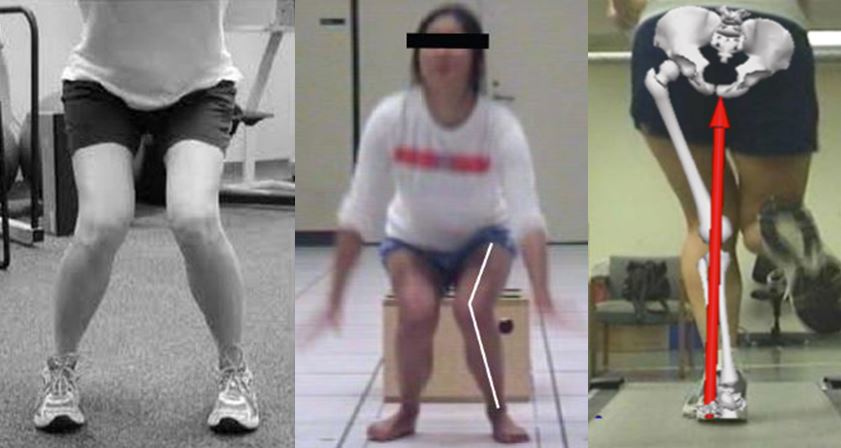
If you have an unstable foot with either too much pronation or supination, this will put your knee in a vulnerable position. An over-pronated foot will cause increased stress on your inner knee and an over- supinated foot will cause increased stress on the outer knee.
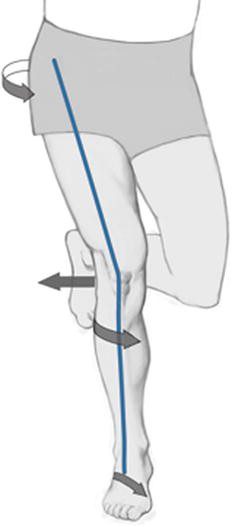
Stiffness in your foot and ankle leads to pain in the front of the knee and around the kneecap. This is one of the most common types of knee pain that I see in my practice. Pain around the kneecap is often accompanied with both stiffness in your ankle and instability in the foot, so that condition needs a proper assessment by a healthcare practitioner to facilitate the quickest healing.
The hips can also be impacted by issues in the feet. Instability in the foot and ankle can lead to pain on the outer hip and posterior hip, and can also lead to pain in the groin. Stiffness in the ankle most commonly can lead to pain in the front of the hip.
When the foot over-pronates, it causes the knee to "cave in" - this leads to increased stress in the outer hip muscles (the gluteus medius) and increased stress in the back of the hip in the piriformis muscle.
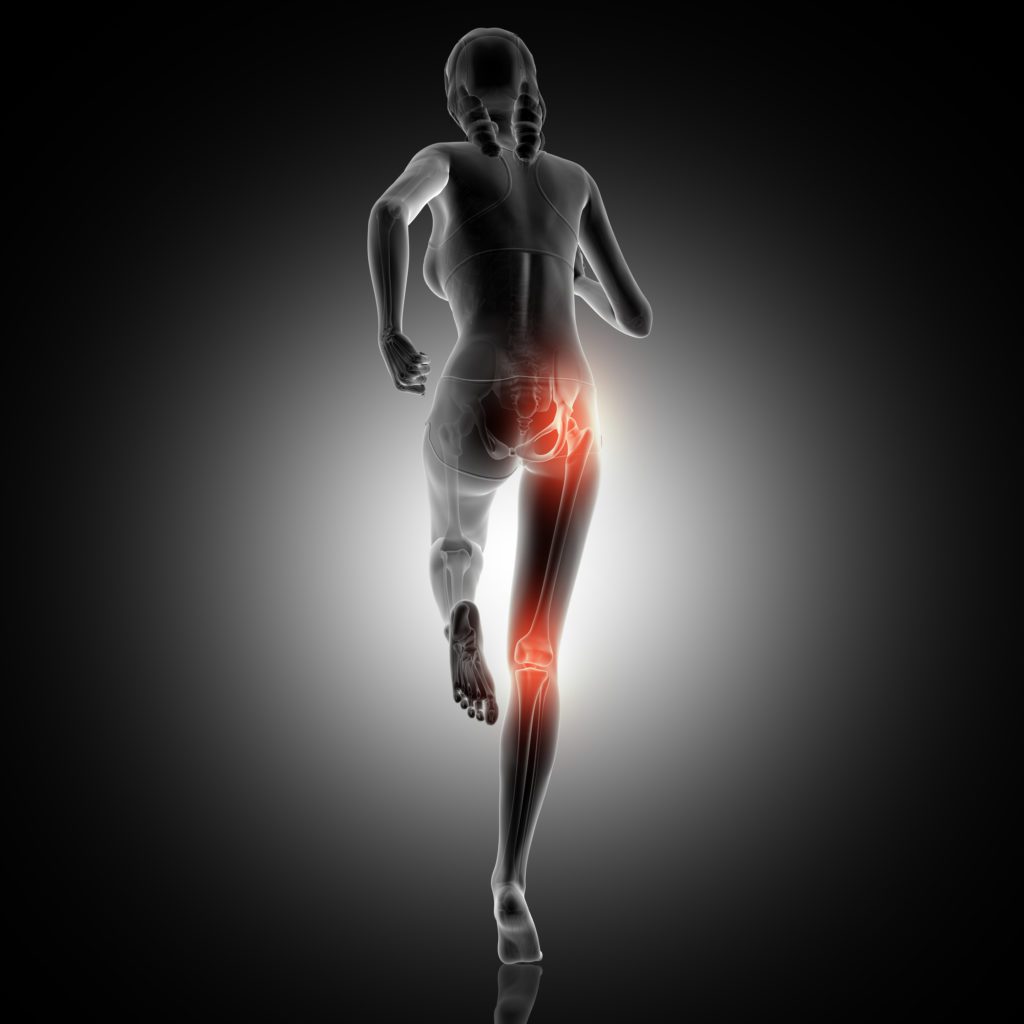
When we have a stiff ankle, it causes a change in the final stage of the gait cycle called "toe-off". When we step forward, our weight is supposed to shift forward while our ankle flexes; this allows our leg to push us forward. When the ankle is stiff, that can lead to excess force needed in our hip in order to step forward. That situation will cause pain in the anterior or posterior hip.
The feet and ankles can also be a primary component of low back pain. Anytime we utilize squatting motions, such as sitting in a chair, squatting down to pick something up, or jumping, our ankles need to bend.
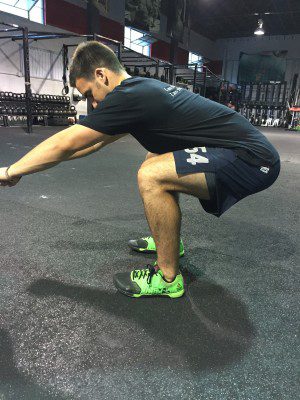
When our ankles are stiff, in order to get our hips lowered such as to allow us to sit in a chair, we have to bend our back more than is necessary to accomplish that task. So stiffness in the ankles will cause increased stress and pain in the low back.
Instability in the feet and ankles will also cause a rotation in our pelvis. When our pelvis is not able to be in a neutral position for long periods of time, this causes increased stress in the muscles and ligaments of the low back. In this case, this causes under-pronation or over-supination, either of which can also be a contributor to low back pain.
The most important thing to understand in considering how instability, over-pronation, or over-supination, and other feet/ankle conditions can affect areas like the knee, hips, low back - or even the jaw - is that we may only feel pain and discomfort in the other areas. This means we may not realize that our feet and ankles are the problem because we don't feel any pain there.
This is why it's important to see a healthcare practitioner who evaluates the entire body - not just the area that is hurting. At Movement Laboratory, every new patient gets a full-body movement assessment; no matter if the complaint they're coming in for is neck pain, knee pain, or wrist pain, or another area. It's critical to check how each area's mobility range and level affects the rest of the body.
A proper comprehensive evaluation will save a ton of time in recovery. So - if you're dealing with any of the issues listed in this blog, come see us at Movement Laboratory to get feeling better as fast as possible! Just give us a call at 918-300-4084 or you can even book online at movlab.janeapp.com.
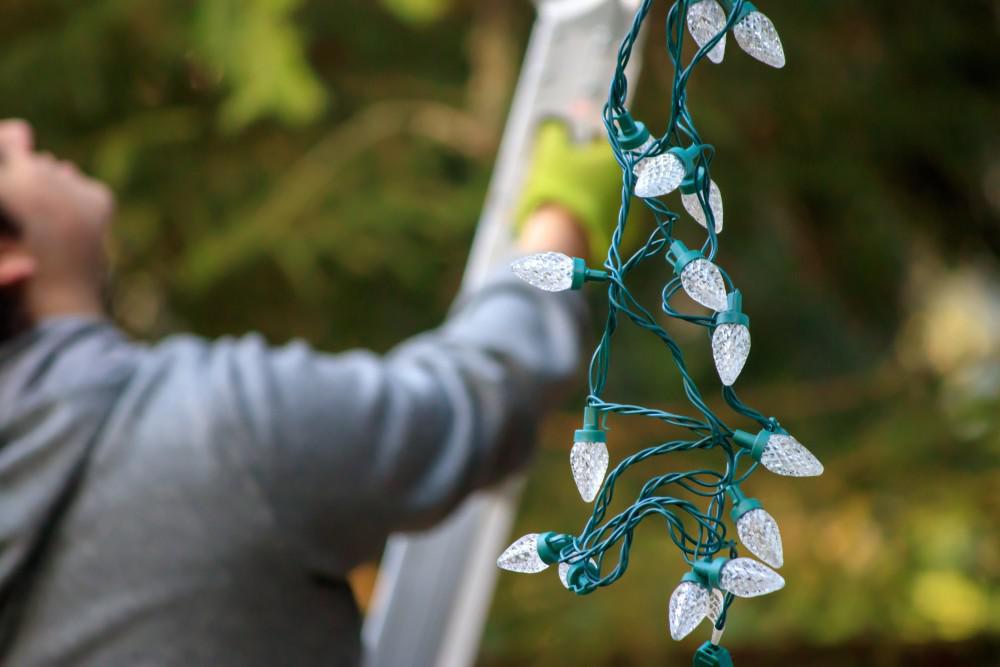
The holidays can be an amazing time. We often get to see family, we make time to get together with others and share our lives, and we get to share gifts with those we love. However, the holidays can also be a difficult time when we're in pain. If pain prevents us from participating in the holiday festivities, that can make us feel distant from those around us.
It's a tough thing to not be able to join in with the family and share those holiday activities. Low back pain is often one of the most common issues that people deal with during the holidays, and it can prevent us from being able to jump right in and share in the making of memories.
This season may require a lot of work. There's putting up those lights and decorating the front of the house, decorating the inside of the house, preparing the meal, wrapping gifts, and many other manual tasks. They can provide a lot of strain to the low back. If you were already in pain, this additional activity can flare up that situation. But also, even if you were not in pain before, the work of getting ready for the holidays can make your low back hurt all by itself. But don't lose hope! I'm going to share three awesome tips with you to help you avoid low back pain during this holiday season.
Getting ready for the holidays can require lots of bending and lifting. Whether it's setting up the decorations, getting food prepared and arranged, or picking up those precious grandchildren, many of us wind up doing a bunch of bending and lifting that we may not be accustomed to doing.
Bending and lifting is a known cause of low back pain if done incorrectly. So in order to get through your holidays without a low-back flare-up, you want to pay close attention to your form when bending or lifting.
The largest muscle in our bodies is the gluteus maximus. These are your butt muscles. Right next to those muscles are your hamstrings. These are also big strong muscles. When you bend and lift anything, take care to ensure that you are relying mostly on your glutes and hamstrings to lift -- and not your back muscles.
In order to set these muscles up to do the work when bending or lifting, you have to pay attention to your posture. When you bend down to lift something up, if you bend your spine too much, you have to use the muscles in your spine in order to come back up from the bend. So instead of bending with your spine to lift something up - take care to instead bend with your hips and knees. This motion is called a hip hinge.
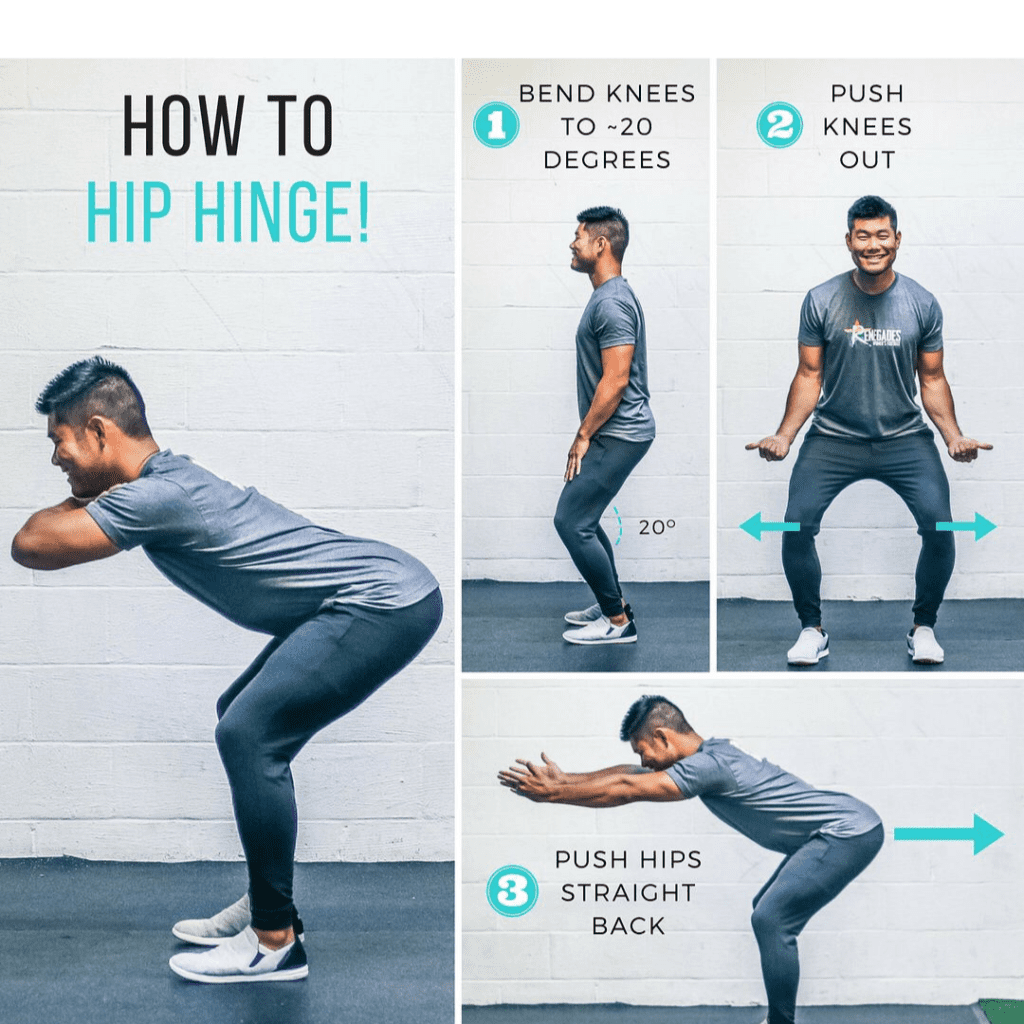
To hip hinge properly you want to keep your spine tall and long and sit back through your hips like you were looking for a chair with your back pockets. This will ensure that your hips and knees bend which will load your gluteus maximus and hamstring muscles. This will ensure that when you go to lift and stand back up that those muscles will be the ones that do the work.
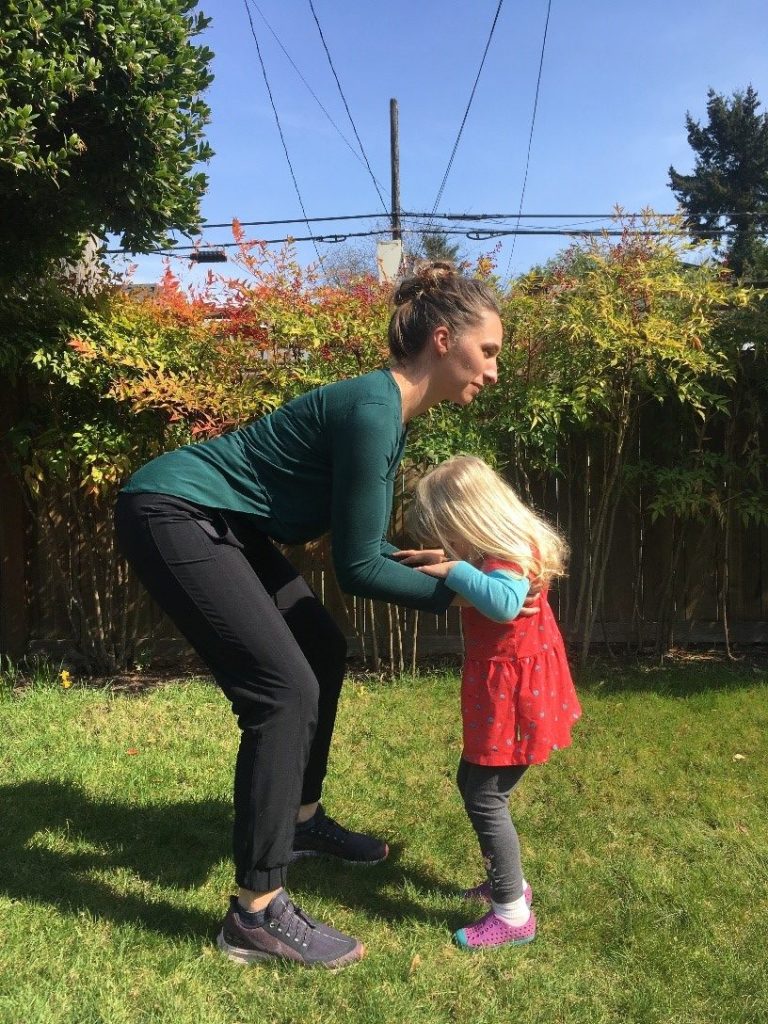
So -- every time you bend down to pick up a child during the holidays, or pick up a heavy gift, or work on some decorations, use the hip hinge in order to spare your spine during the holidays!
A large majority of the low back pain that we suffer from is in some part caused by the discs in our low back. When our discs become irritated, that leads to aching in our low back that can sometimes go down into the back of our hips and thighs. Irritated discs can cause tightness and spasm in the muscles around our low back, and sometimes - if the discs become swollen and bulge - they can press on our nerves and cause pain to run all the way down the legs.
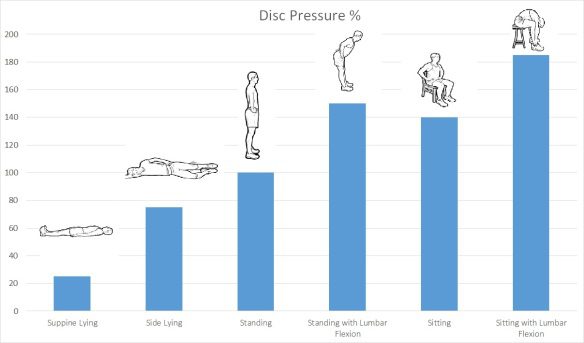
The amount of pressure that our discs experience is influenced by our postures. When we're lying down, our discs experience very low amounts of pressure. When we're standing, that pressure goes up. But the highest amount of pressure that our discs experience is when we sit. So in order to avoid low back pain during the holidays, you will want to try not to sit for long periods of time.
I recommend sitting for no longer than 50 minutes at a time. It's been shown that the frequency of your sitting breaks is more important than how long those breaks are. So set a timer in your phone if you need to and make sure every 50 minutes you stand up for at least 10 seconds.
This will make a huge difference in reducing the irritation to your low back during the holidays!
If you're already dealing with low back pain before the holidays even start, the most important tip is to be proactive. 80% of low back pain is a type of low back pain called flexion intolerant low back pain. This means that our already-injured tissues are irritated when we bend our spine forward.
This is why most of us have pain when we have to bend or lift while our low back is already hurting. But an important fact is that while bending forward will make our low back hurt worse, bending backwards actually helps to reduce the pain and reduce the other symptoms related to the low back pain and including sciatica pain.
So if you're already having pain before the holidays start, you need to do this exercise shown above.
I recommend doing sets of 10 as noted below. Per the video above, you will lie on the floor leaving your hips on the floor, and press your chest up until your elbows are straight. The keys here are to make sure that your butt muscles and your back muscles are relaxed so that your spine bends backwards as much as possible.
If you can do 10 of these every 3 to 4 hours that you're awake during the holidays, you'll find that you will greatly reduce the pain in your spine and lessen the symptoms of sciatica. Below we provide a standing version of this exercise in case it's difficult for you to get down on the floor.
So there you have it. Three tips to help you greatly reduce low back pain during the holidays.
Give them a try to ensure that you won't be left out of any holiday activities this season!
And if you need additional help with pain during the holiday season, make an appointment and come see us here at Movement Laboratory. We offer patient-centered and personally tailored plans that can help you get out of pain quickly and get back to enjoying the holidays of 2021 - and get you started off right into 2022!
Give us a call at 918-300-4084 and say goodbye to pain during the holidays!
